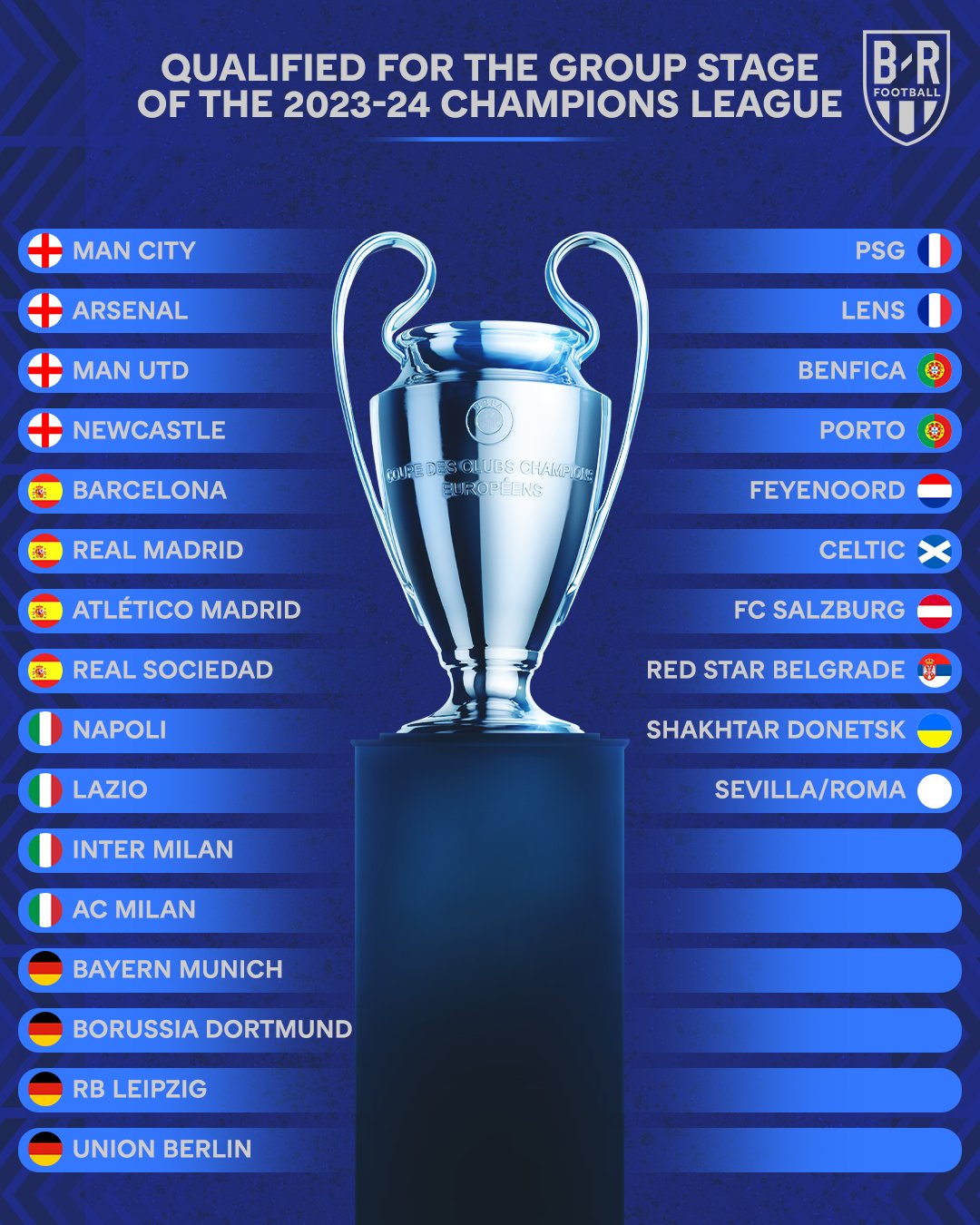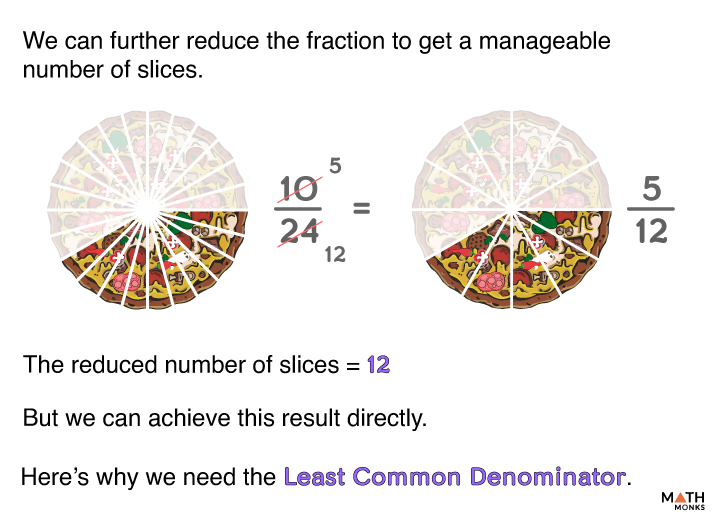
The Gritty Side of Glory: UCL Teams with the Most Yellow Cards
The UEFA Champions League, football’s most prestigious club competition, is a theatre of dreams, showcasing the pinnacle of tactical brilliance, individual flair, and breathtaking drama. Yet, beneath the veneer of glistening trophies and iconic goals lies a grittier reality: a relentless battle for supremacy where intensity often spills over into fouls, disputes, and, inevitably, yellow cards. While often overlooked in the highlight reels, disciplinary records offer a unique lens through which to view the tactical approaches, competitive spirit, and sometimes the sheer desperation of Europe’s elite clubs.
This article delves into the teams that have accumulated the most yellow cards in the history of the Champions League, exploring not just the raw numbers but also the underlying reasons, the tactical implications, and what these disciplinary records reveal about their playing philosophies and their journey through Europe’s most demanding tournament.
The Nature of Yellow Cards in Elite Competition
A yellow card, or caution, is issued by the referee for various infringements, including unsporting behaviour, dissent, delaying the restart of play, persistent infringement, or failing to respect the required distance during free kicks. In the high-stakes environment of the Champions League, these cautions are often more than mere administrative penalties; they can lead to crucial player suspensions, alter match momentum, and even influence tactical decisions.
The accumulation of yellow cards is a complex phenomenon, influenced by a multitude of factors:
- Playing Style and Tactics: Teams employing aggressive pressing, robust defending, or tactical fouling to break up play are naturally more prone to bookings.
- Intensity and Stakes: Knockout stages, high-profile derbies, and matches with significant implications tend to be more fiercely contested, leading to increased physicality and potential for cards.
- Referee Interpretation: Different referees have varying thresholds for issuing cards, and their interpretations of fouls and dissent can significantly impact a team’s disciplinary record.
- Player Temperament: Individual players known for their fiery disposition or overly aggressive tackling contribute disproportionately to their team’s card count.
- Longevity in the Competition: Perhaps the most obvious factor, teams that consistently reach the latter stages of the Champions League over many seasons will naturally accumulate more cards simply due to the sheer volume of games played.
Understanding these factors is crucial when examining which teams sit atop the yellow card charts. It’s rarely a simple case of "undisciplined" play; more often, it’s a byproduct of sustained excellence and the demanding nature of top-tier football.
The Usual Suspects: Teams Topping the Yellow Card Charts
While precise, up-to-the-minute statistics can fluctuate, certain clubs consistently feature among those with the highest number of yellow cards in Champions League history. These are often the same clubs that have the most appearances, the deepest runs, and the most intense rivalries in the competition.
Real Madrid: The Royal Grinders
It comes as little surprise that Real Madrid, the most successful club in Champions League history with a record 14 titles, would also be among the leaders in yellow card accumulation. Their consistent presence in the competition’s latter stages means they have played more matches than almost any other club. Their playing style, often characterized by a blend of attacking flair and resolute defending, particularly in high-stakes encounters, frequently leads to tactical fouls.
Players like Sergio Ramos, a club legend, epitomized this approach. Known for his aggressive, no-nonsense defending and his willingness to make cynical fouls when necessary, Ramos alone accumulated a staggering number of cards throughout his career. While his disciplinary record was extensive, it was often seen as a necessary component of his effectiveness, embodying the "dark arts" required to win at the highest level. Real Madrid’s participation in countless El Clásico encounters and other intense European rivalries has only added to their tally, as these matches are typically battles of attrition where every inch is contested fiercely.
FC Barcelona: The Tiki-Taka’s Hidden Edge
While FC Barcelona is globally renowned for its aesthetically pleasing "tiki-taka" style, built on possession and intricate passing, they too feature prominently on the yellow card list. This might seem counter-intuitive, but Barcelona’s high-pressing game, especially during their dominant Pep Guardiola and Luis Enrique eras, involved intense defensive work from their attacking players and midfielders. When possession was lost, the immediate objective was to win it back, often through aggressive tackles or tactical fouls to prevent counter-attacks.
Furthermore, Barcelona’s players, particularly their midfielders and defenders, have often engaged in strategic fouls to break up play, slow down opponents, or prevent dangerous transitions. The intensity of their rivalry with Real Madrid, culminating in numerous fiery Champions League clashes, also contributed significantly to their disciplinary record. The passion and competitiveness ingrained in their club culture mean that even when playing beautiful football, they are not afraid to get stuck in.
Manchester United: The Premier League’s Physicality
Manchester United, another club with a rich Champions League history and numerous deep runs, consistently ranks high in disciplinary charts. Reflecting the physical nature of the English Premier League, United’s approach in Europe has often been direct, robust, and highly competitive. Under Sir Alex Ferguson, United teams were known for their resilience, never-say-die attitude, and a willingness to engage in physical battles.
Players like Roy Keane, Paul Scholes, and Nemanja Vidic, while immensely talented, were also known for their aggressive tackling and uncompromising style. Their matches against European giants were often bruising encounters, where tactical fouls were common, and the intensity frequently led to bookings. Even in more recent eras, the high tempo and physicality characteristic of English football ensure that United’s Champions League outings often result in a significant number of cards.
Chelsea FC: The Defensive Fortresses
Chelsea, especially during their most successful periods, built their identity on defensive solidity and tactical discipline. Under managers like José Mourinho and Thomas Tuchel, their teams were notoriously difficult to break down, often employing deep defensive blocks and relying on strong, physical midfielders and defenders. This approach, while effective in stifling opponents, inevitably involves a higher propensity for fouls.
Tactical fouls to prevent counter-attacks, breaking up rhythm, and general robust defending in congested midfield areas are hallmarks of such systems. Players like John Terry, Frank Lampard, and N’Golo Kanté, while exceptional, were also adept at the necessary dark arts of defending and midfield battles. Chelsea’s numerous appearances in the latter stages and their often-gritty style of play ensure their high placement in yellow card rankings.
Atlético Madrid: Simeone’s Gritty Masterpiece
If there’s one club that perfectly embodies the philosophy of tactical fouls and defensive aggression, it’s Atlético Madrid under Diego Simeone. "Cholismo," as his coaching philosophy is known, prioritizes defensive organization, intense pressing, and a collective willingness to sacrifice and fight for every ball. This approach, while incredibly effective in transforming Atlético into a European powerhouse, inherently leads to a high volume of fouls and, consequently, yellow cards.
Atlético players are trained to be relentless in winning back possession, often through aggressive tackles and tactical fouls designed to break up opposition attacks and frustrate opponents. Their matches are often described as wars of attrition, where physical dominance and mental fortitude are as important as technical skill. Their consistent deep runs in the competition, often facing more technically gifted opponents, necessitate this gritty approach, making them a consistent feature on the yellow card leaderboards.
Bayern Munich and Juventus: Efficiency with an Edge
Both Bayern Munich and Juventus represent the very best of German and Italian football, respectively. While known for their technical prowess and tactical acumen, both clubs also possess a strong physical edge that contributes to their yellow card tallies.
Bayern Munich combines high-octane attacking football with a powerful, physical midfield and defence. Their "gegenpressing" style, where they immediately press opponents high up the pitch after losing possession, often leads to fouls as they try to win the ball back quickly. Players like Arturo Vidal, Javi Martínez, and Joshua Kimmich, while technically gifted, are also fierce competitors who engage in numerous challenges.
Juventus, traditionally embodying Italian catenaccio (though evolved), has always prioritized defensive solidity. Their teams are often built around strong, experienced defenders and tenacious midfielders who are experts at breaking up play. Tactical fouls are an ingrained part of Italian football, and Juventus’s sustained presence in the Champions League means they have accrued a significant number of cautions through their pragmatic and robust approach.
Factors Beyond Just "Discipline"
It’s crucial to reiterate that a high number of yellow cards does not necessarily equate to a lack of discipline. More often, it’s a testament to:
- Sustained Success: The teams with the most yellow cards are almost always the teams that have played the most Champions League games, having consistently reached the knockout stages or even the finals over many years. More games mean more opportunities for fouls.
- Intensity of Play: These clubs operate at the highest possible intensity, where every tackle, every duel, and every decision can be decisive. The margins are so fine that players are often forced into situations where a tactical foul is deemed necessary to prevent a more dangerous outcome.
- Tactical Necessity: In modern football, tactical fouls are a legitimate, albeit sometimes controversial, part of the game. They are used to disrupt counter-attacks, relieve pressure, or simply gain a momentary advantage.
- Passion and Competitiveness: The desire to win at all costs, the emotional investment in the game, and the inherent rivalries of the Champions League often lead to heightened aggression and, consequently, more cards.
The Paradox: Can You Be Too Clean?
There’s a subtle paradox at play: while discipline is generally lauded, a team that rarely commits fouls might also be seen as lacking the necessary bite or tactical shrewdness to compete at the very highest level. The Champions League demands an edge, a willingness to push boundaries, and sometimes, to make the "professional foul" when the situation calls for it.
The challenge for managers is to find the delicate balance between aggression and recklessness. Too many cards can lead to suspensions, weakening the squad at crucial moments. Too few might indicate a lack of intensity or an inability to stop dangerous opponents. The teams that consistently win in the Champions League are often those that master this balance, leveraging their physicality and tactical fouling without compromising their overall performance through excessive suspensions.
Conclusion
The list of Champions League teams with the most yellow cards reads like a who’s who of European football giants. Far from being a mere indicator of ill-discipline, it often reflects their sustained excellence, their tactical approaches, and the sheer intensity of competition at the elite level. Clubs like Real Madrid, Barcelona, Manchester United, Chelsea, and especially Atlético Madrid, have accumulated their cautions through hundreds of high-stakes encounters, where every tackle matters and every decision can swing the tie.
Yellow cards are an intrinsic part of the Champions League narrative – a testament to the grit, determination, and tactical nous required to succeed. They remind us that behind the dazzling goals and intricate passing, there’s a constant, often bruising, battle for supremacy. And in this gladiatorial arena, sometimes, getting a little dirty is just part of the journey to glory.



